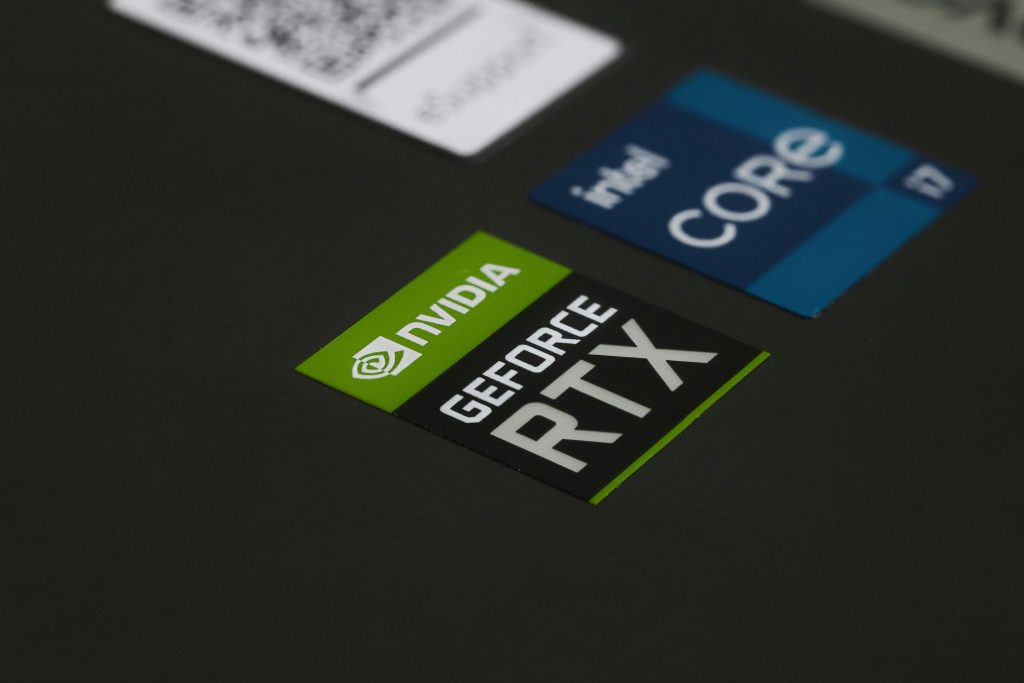How to Recover a Dual-Boot Laptop Stuck in BIOS After Removing Linux — A Step-by-Step Guide
Dealing with a non-bootable laptop after modifying your dual-boot setup can be stressful, especially when access to additional computers or repair tools is limited. If you own an MSI GF63 or similar device and have encountered a situation where your system boots directly into BIOS after deleting a Linux partition, this guide provides an overview of potential solutions, focusing on methods accessible with only your laptop and USB drives.
Understanding the Scenario
Suppose you have a laptop with the following specifications:
- Model: MSI GF63
- Processor: Intel Core i7 11th Gen
- Memory: 16GB RAM
- Storage: 256GB SSD + 1TB HDD
- GPU: NVIDIA GeForce RTX 3050
- Display: 144Hz
- Boot Configuration: Dual boot with Ubuntu and Kali Linux on the SSD
After removing Kali Linux from the dual-boot setup (leaving only Ubuntu), your system now refuses to boot into the OS, instead defaulting to the BIOS. Attempts to recover via Windows installation media or live Linux USBs have been unsuccessful, leaving you with a system that’s stuck at the BIOS interface.
Common Causes of BIOS-Only Boot After Linux Removal
- Bootloader removal or corruption: Deleting Linux partitions without repairing the bootloader may cause the UEFI firmware to lose track of boot entries.
- UEFI Boot Entries Disruption: The boot entry for Ubuntu might be missing or corrupted.
- Secure Boot & BIOS Settings: Changes in security settings can prevent booting from USB or OS drives.
Essential Troubleshooting Steps and Strategies
Given your constraints—no access to another PC, no live USB drives, and only your laptop—the options are limited but not impossible. Below are strategies tailored to your situation:
1. Check BIOS Settings and Boot Order
- Access BIOS: Usually by pressing
DEL,F2, orESCduring startup. - Verify Boot Mode: Ensure it’s set to UEFI. Disable CSM if visible.
- Secure Boot: Confirm it’s disabled to allow booting from unsigned Linux/Windows media.
- Boot Priority: Ensure your SSD or USB device is first, as appropriate.
2. Attempt to Repair Bootloader from the BIOS
- Tools with Limited Access:
Share this content:



